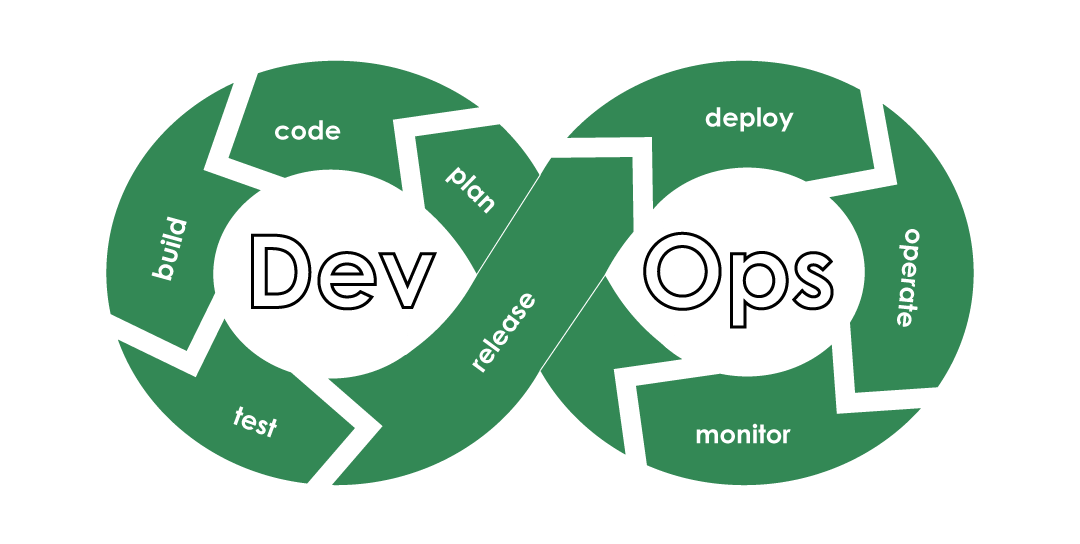What is DevOps?
DevOps is a software development methodology that combines software development (Dev) with information technology operations (Ops), which aims to shorten the software development life cycle and provide continuous delivery of high quality software.

Benefits of DevOps
- Faster time to market – In a highly competitive market, the time it takes to get your product released can make all the difference. Using the DevOps model and continuous delivery, software can be deployed up to 10x faster than using other methods, giving your business a competitive edge.
- Rapid delivery – The frequency of releases can be faster, allowing your business to improve functionality and continue to run with minimal disruptions to service.
- Improved productivity – Teams work together under the DevOps model instead of as separate entities, sharing ownership and accountability and combining workflows. This creates more autonomy and reduces inefficiencies.
- Reduced risk – Quality concerns can be identified early, reducing the lead time between fixes and achieving a lower failure rate of new releases. This can also reduce the costs of development time and resources spent fixing bugs.
How it works
Our DevOps services span the life cycle of the software and can be used for anything from customer-facing systems, to large-scale enterprise systems.
Continuous Integration
Continuous integration is a DevOps practice where developers regularly merge their code changes into a central repository, after which automated builds and tests are run. Continuous integration most often refers to the build or integration stage of the software release process and entails both an automation component and a cultural component (e.g. learning to integrate frequently). The key goals of continuous integration are to find and address bugs quicker, improve software quality, and reduce the time it takes to validate and release new software updates.
Continuous Deployment
One key practice of DevOps is to perform small, but frequent, updates to the software. Updates are usually smaller and more incremental in nature than the larger, less frequent upgrades performed under traditional release practices. Frequent but small updates help to address bugs faster because teams can identify the last deployment that caused the error.
Communication and Collaborative Working
Increased communication and collaboration are key cultural aspects of DevOps. The use of DevOps tooling and automation of the software delivery process establishes collaboration by bringing together the workflows and responsibilities of development and operations. This helps speed up communication across developers, operations, and even other teams like marketing or sales, allowing all parts of the organisation to align more closely on goals and projects.
DevOps at ICodeDigita
We also use the Agile approach to software development, which complements the DevOps model.




